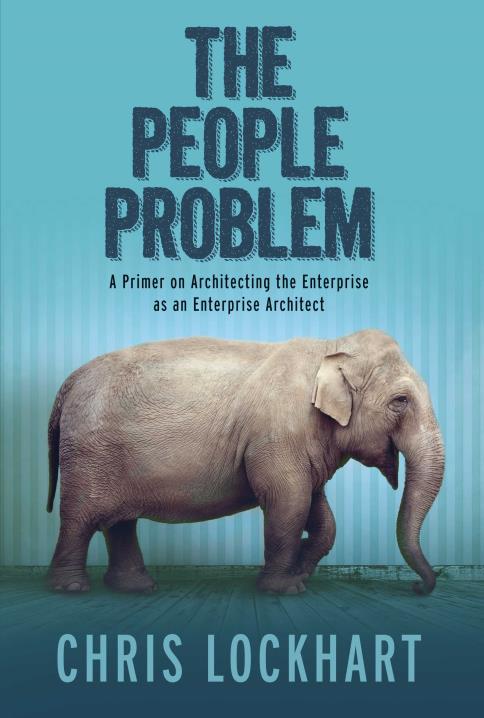Stop. Breathe.
It isn’t the Vandals. Or the plague. The Republic will endure. Trust in that.
But you do have people knocking at the door. They’re called executives. And they’re here to tell you that you have cuts to make. We get it. A 20% cut in discretionary spend is mandated. That means programs and people. Hell, you’ll be lucky if you can keep basic run or BAU in place. How do you make those decisions? If this decision making role you are in is a position you’ve had for a while it’s probably easier. If you’re new to the role, well yer probably in trouble. Everyone will hate you for making decisions about costs and employment and if they don’t openly hate you they’ll silently blame you.
From the ecstatic economic boom times a short while ago, it can seem like the second Fall of Rome. Maybe it isn’t. But it could be your downfall if you’re seen as making random, kneejerk decisions on cuts to people and projects.
So you better make sure the decisions you make are data-driven. That isn’t consultant language, that is Enterprise Architect language and you’d better start listening to those guys and girls. They know what they’re talking about.
Data. Data. Pronounced Differently, Spelled the Same
The data about your people, your resources or your capacity, and data about the things you have to do, your initiatives or demand… this is the data that you need in order to make financially and morally defensible decisions about your cost center. You want to sleep at night? You need the data to make sure that can happen.
Where does this data come from in a typical enterprise? Great first question. Unfortunately it can come from a variety of sources and with varying levels of accuracy and completeness.
You will need to start with an understanding of everything that is currently underway or planned to be underway in your area of responsibility that is impacting the cost centers you’re looking at. The programs on the docket for this fiscal year will need to come with data on their costs and some sort of CBA. This is your overall demand against expected value. Try getting this info from your people, from your program office, from your portfolio management team, perhaps from finance itself. Excel works great for organizing and analyzing this information.
You’ll next to to get a handle on the number of people you have at your disposal and how much they cost (FTEs as well as consultants and contractors). Understanding who you have and how effective they are will allow you to assess your capacity for work. Generally this data comes from HR systems along with procurement and/or vendor management tools. You may have performance data that tells you that Jill can do twice as much work as Bob, for example. That is also super helpful.
You now know the demand for work along with your capacity to execute it:
- You know what initiatives you’re being asked to execute
- You know what these initiatives will cost and the value they will deliver
- You know the available human resources you have to do the work
- You know what these human resources cost you and hopefully how effective/productive they are
Armed to the teeth with data. Now what.
Now you can apply whatever prioritization or triage your high priced consultants would normally pitch you. Of course, the value that they bring in this area isn’t just that they know where to get the data to begin with, or that they know how to analyze the data for trends, key findings, confirm hypotheses… they also are able to apply accumulated expertise in how best to use this information. They also bring a critical external lens to the situation.
Based on the data collected, what is the appropriate framework for making decisions about cutting that 20% of spend that you’ve been tasked with?
Luckily there is probably someone inside your organization that can be a rough proxy for a management consultant. The Enterprise Architect is knowledgeable about the business, about the technology that enables it and is skilled in various forms of analyses. They also live and breathe frameworks that can be applied to the problem at hand. Financial analysis? Sure, they can do that. Capability model that pinpoints your core and differentiating capabilities? Yep, they can do that too. Cost savings roadmaps with KPIs and value realization projections? Of course.
Fight the Barbarians with the Army you have.
You are under pressure to cut cost. Your consultants that do this in their sleep are gone. You’re on your own. Leadership is banging on the door asking for your cost cuts. How do you make justifiable decisions on these reductions?
It won’t be the same as 500 slides of analysis from McKinsey, and you’ll definitely need help, but with the right data and assistance from a good Enterprise Architect, you can do it.
Knowing your capacity for work and the cost of that capacity in people and technology versus the demand for that work in terms of projects and programs and THEIR costs and expected values is the critical first step.
It isn’t easy, which is why consultants are typically brought in to help. But this data is key. With it you stand a chance at making informed decisions on cuts. Without it you are just shooting from the hip. When the proverbial sh*t hits the fan, you’ll be blamed for poor decision making. The gates will fall, the city will be swarmed, and your job will be on the line.
Don’t be that guy.


